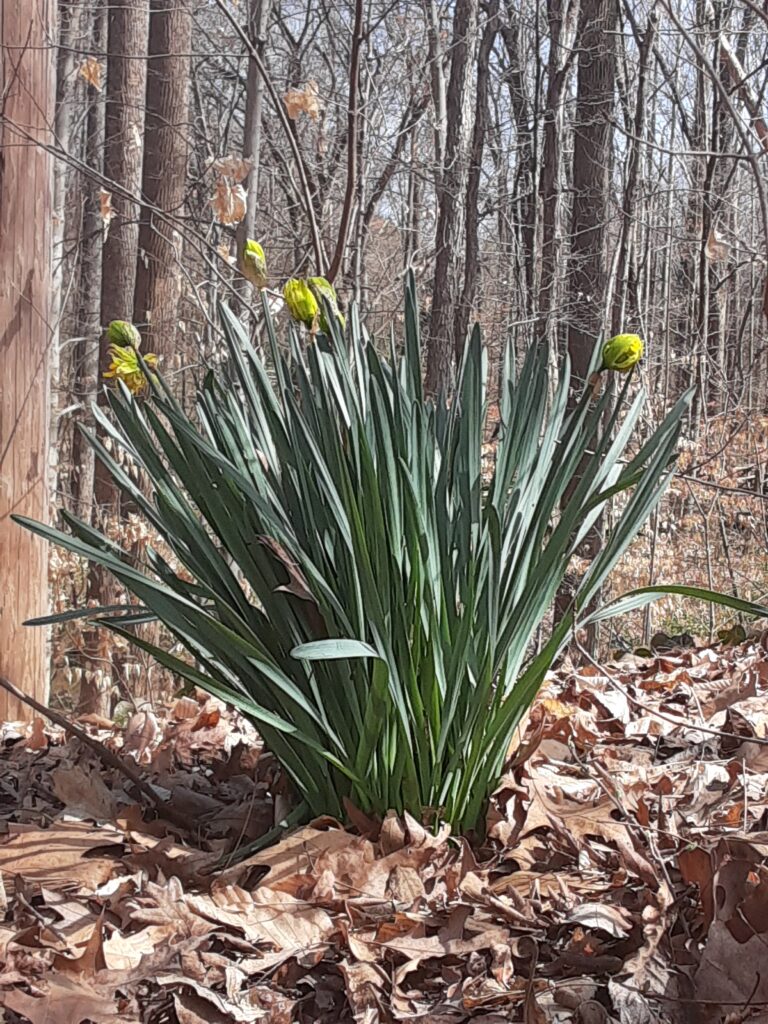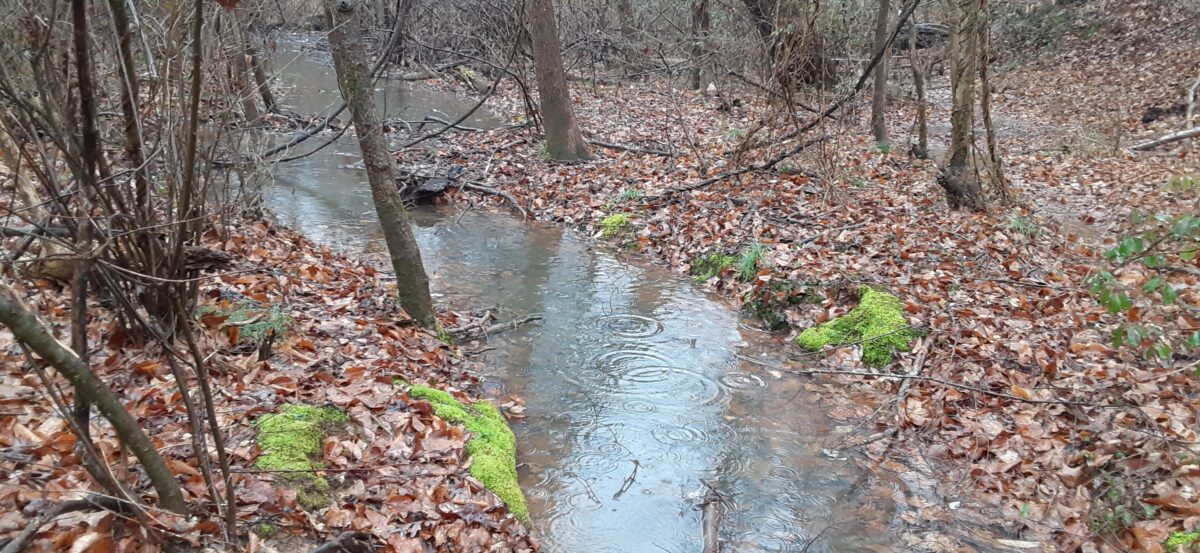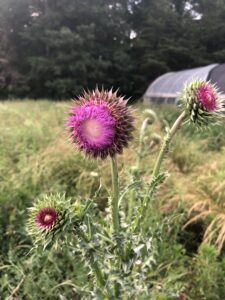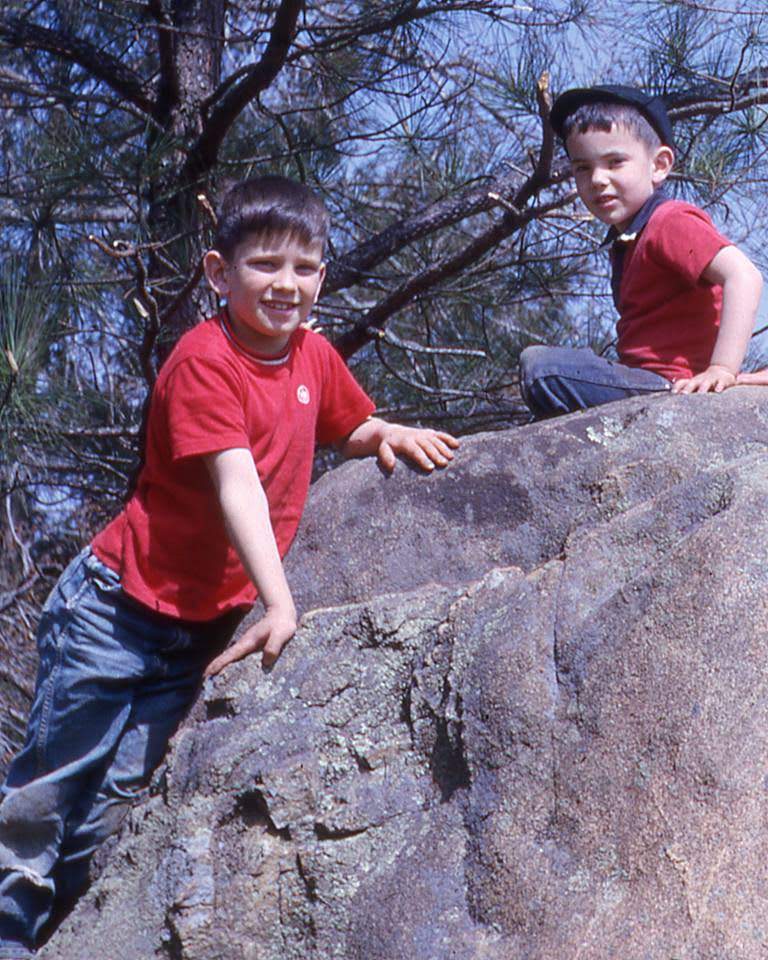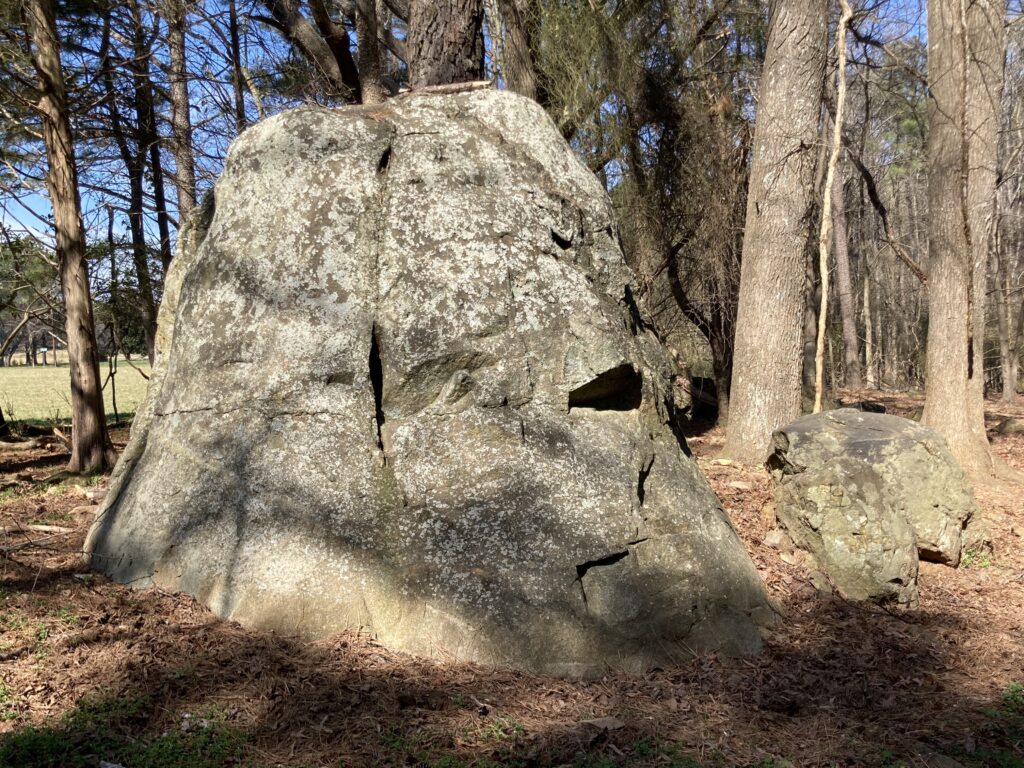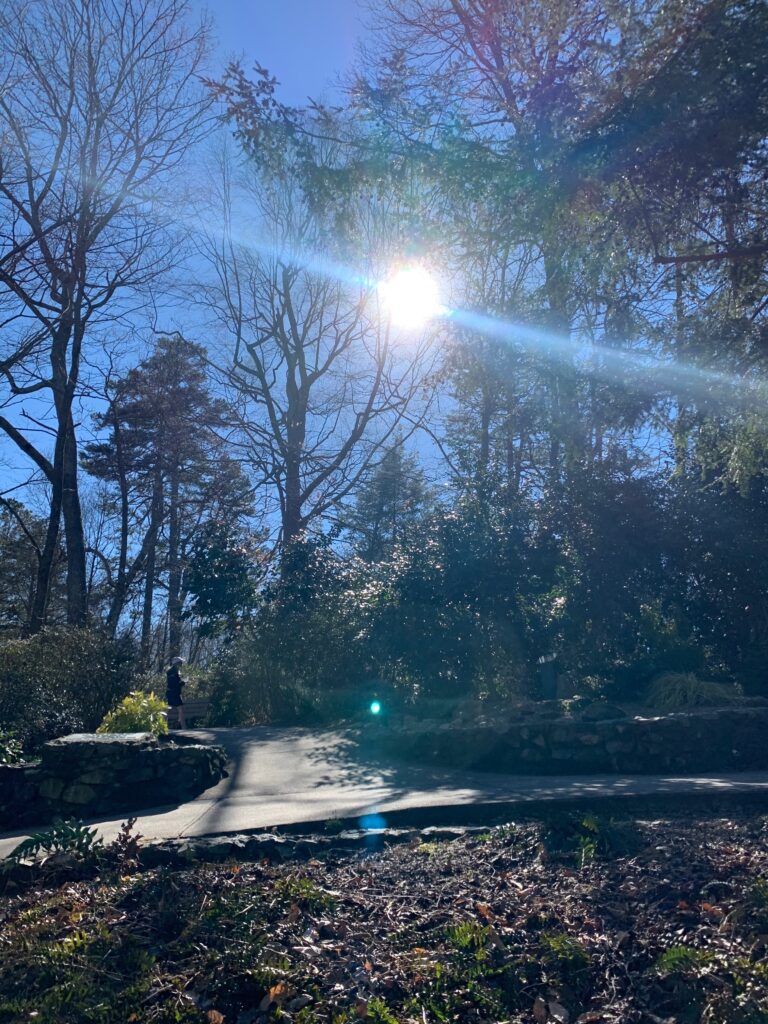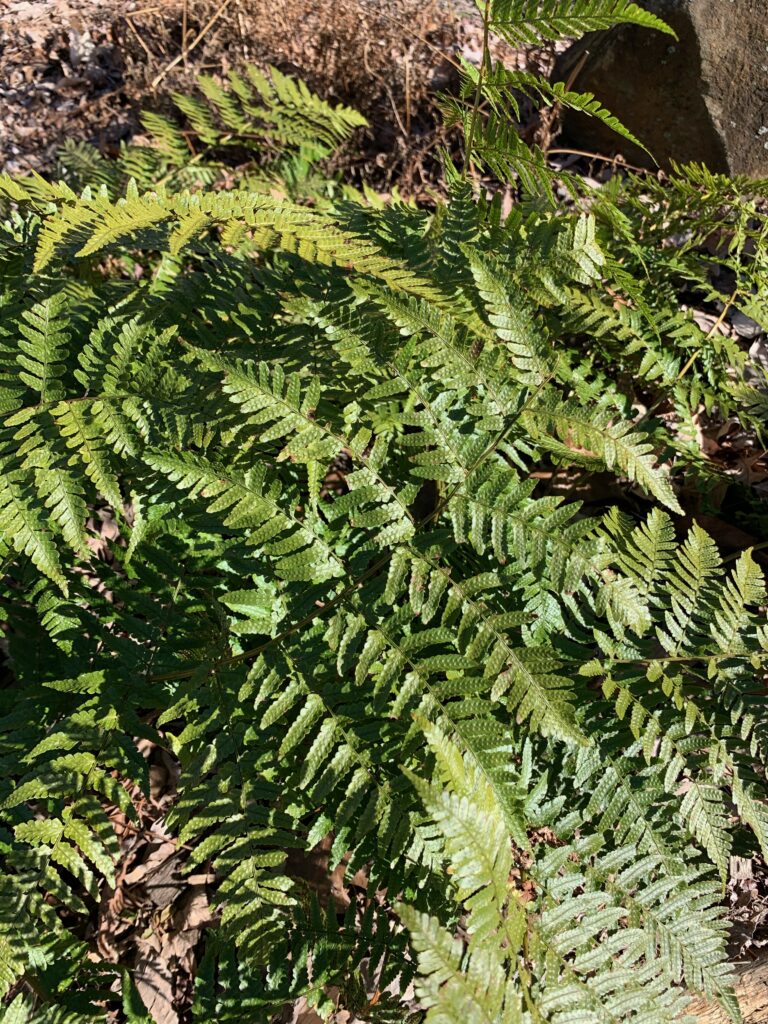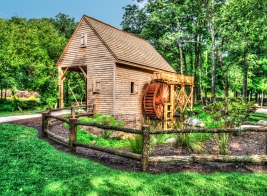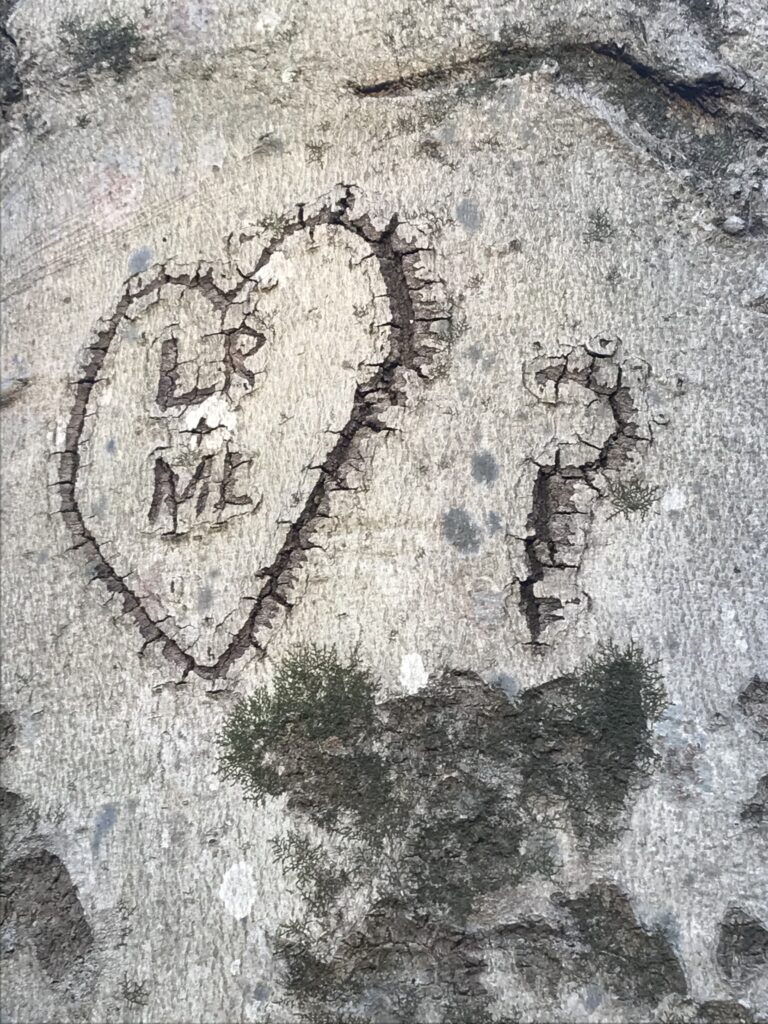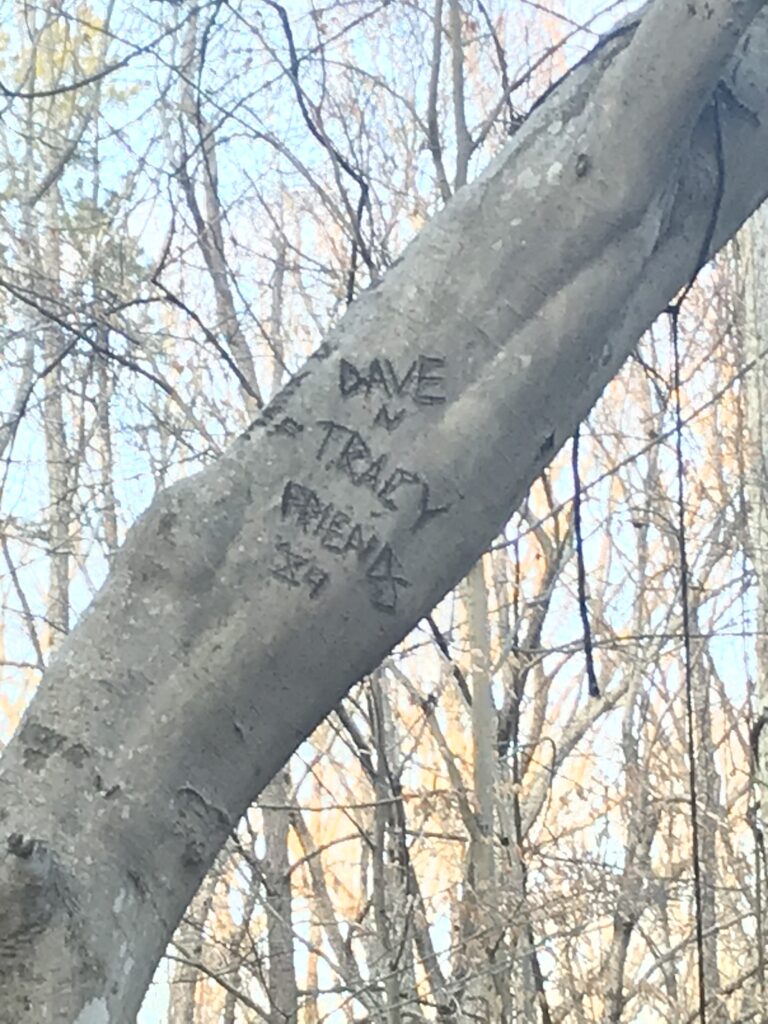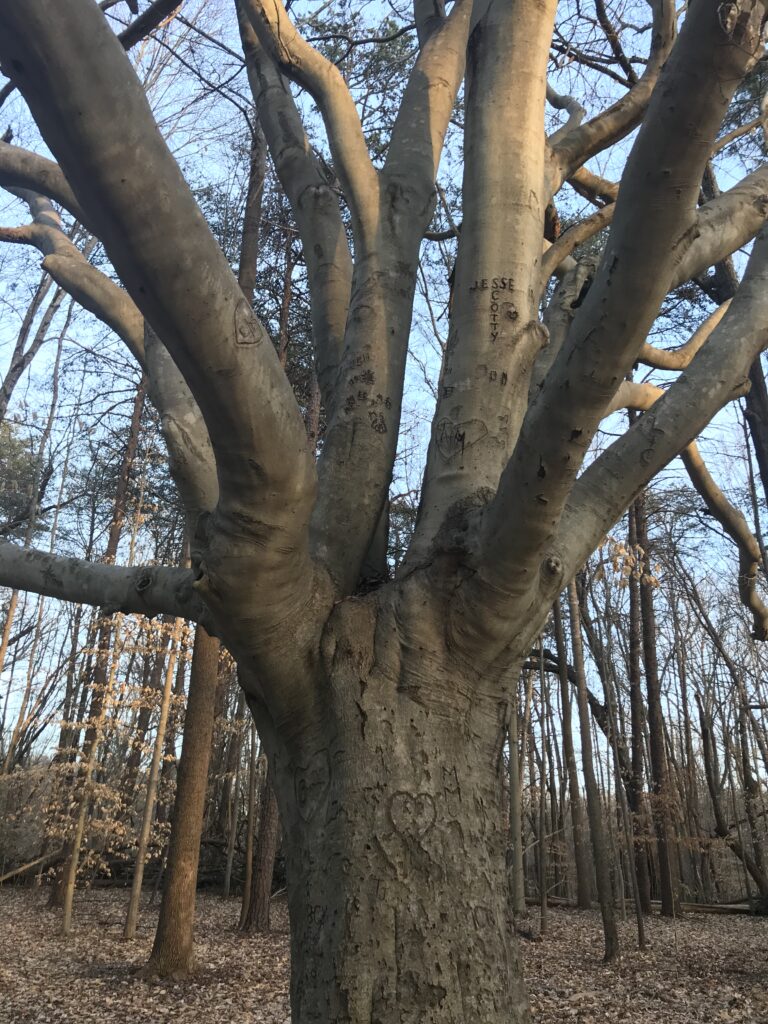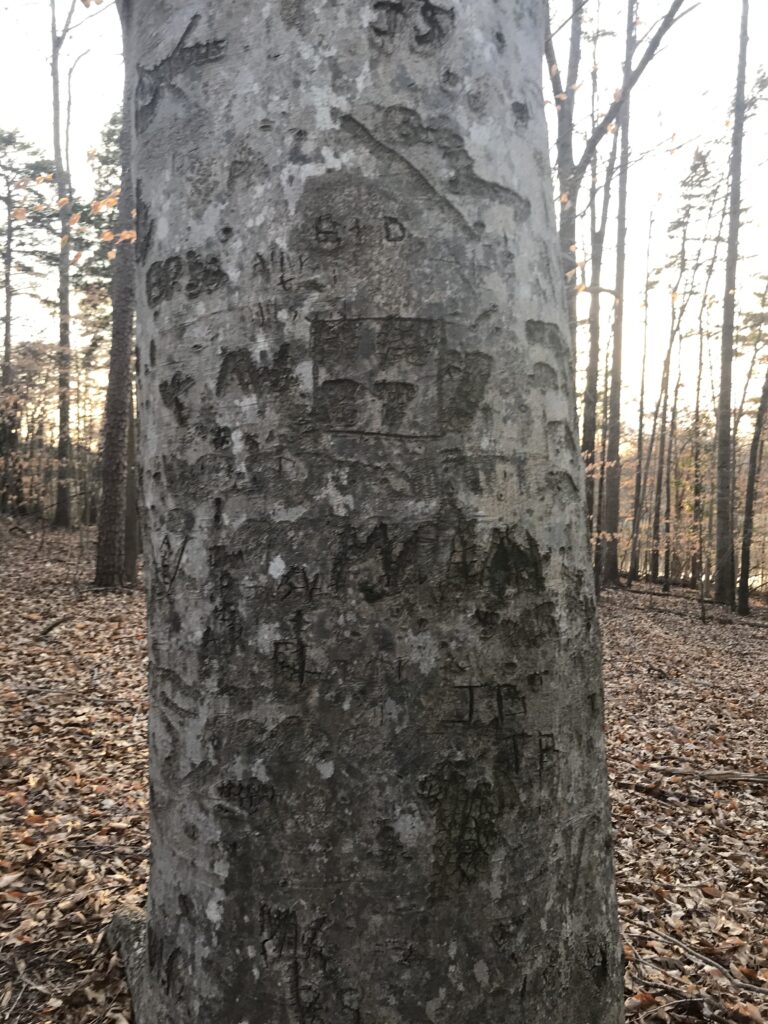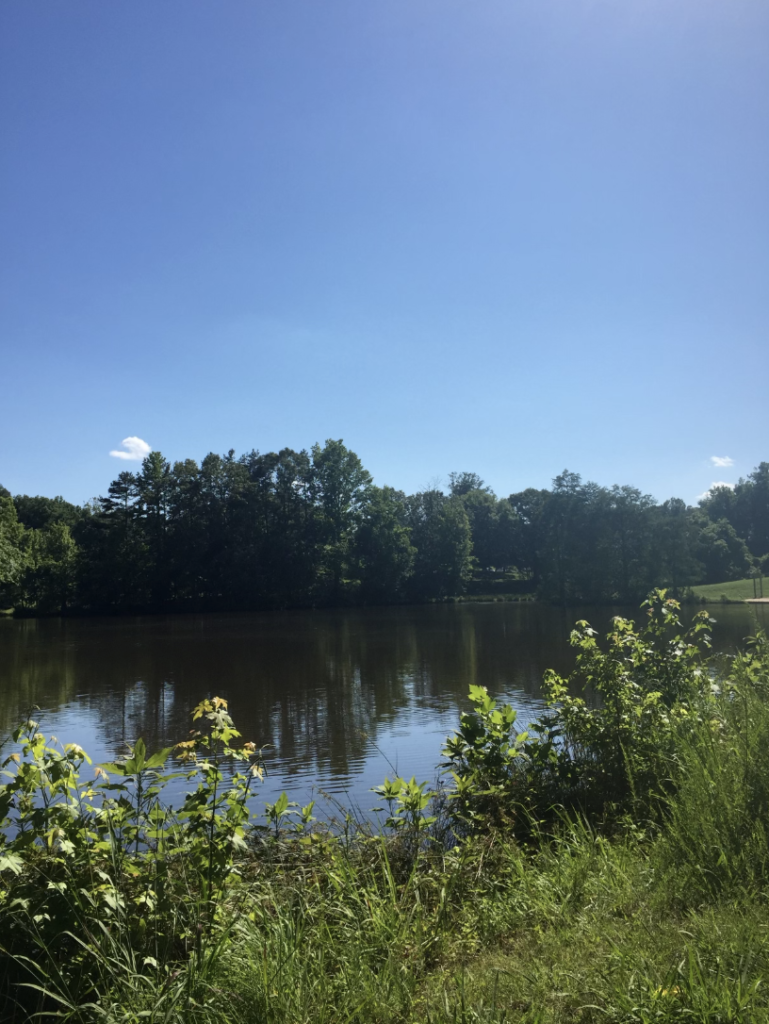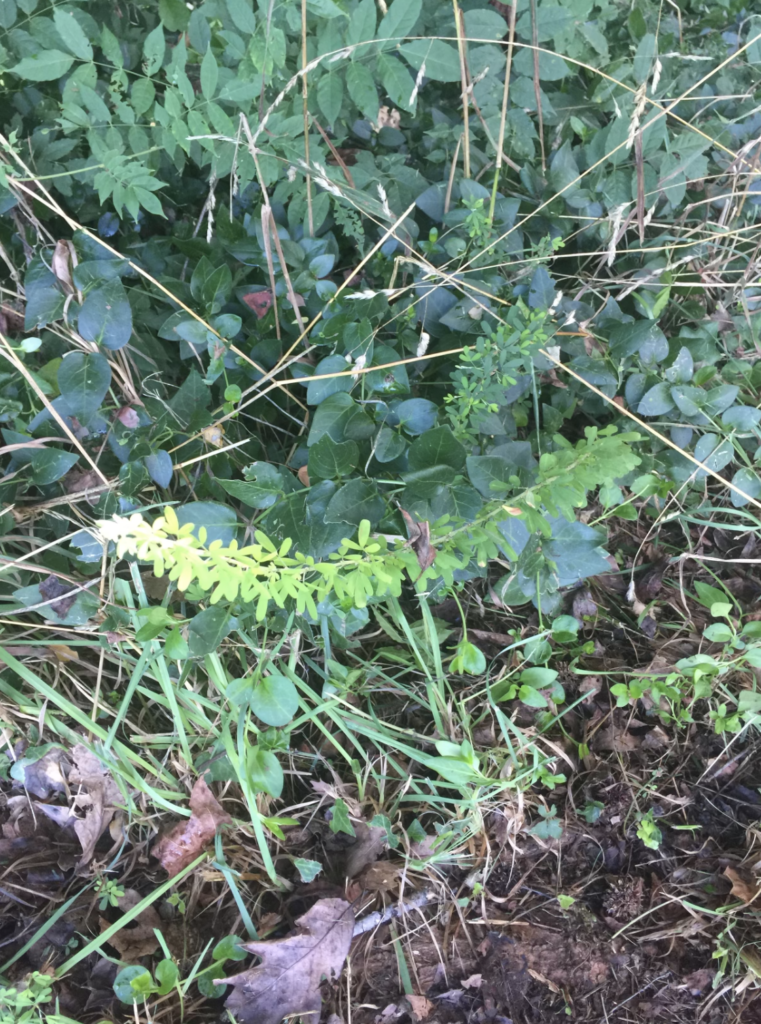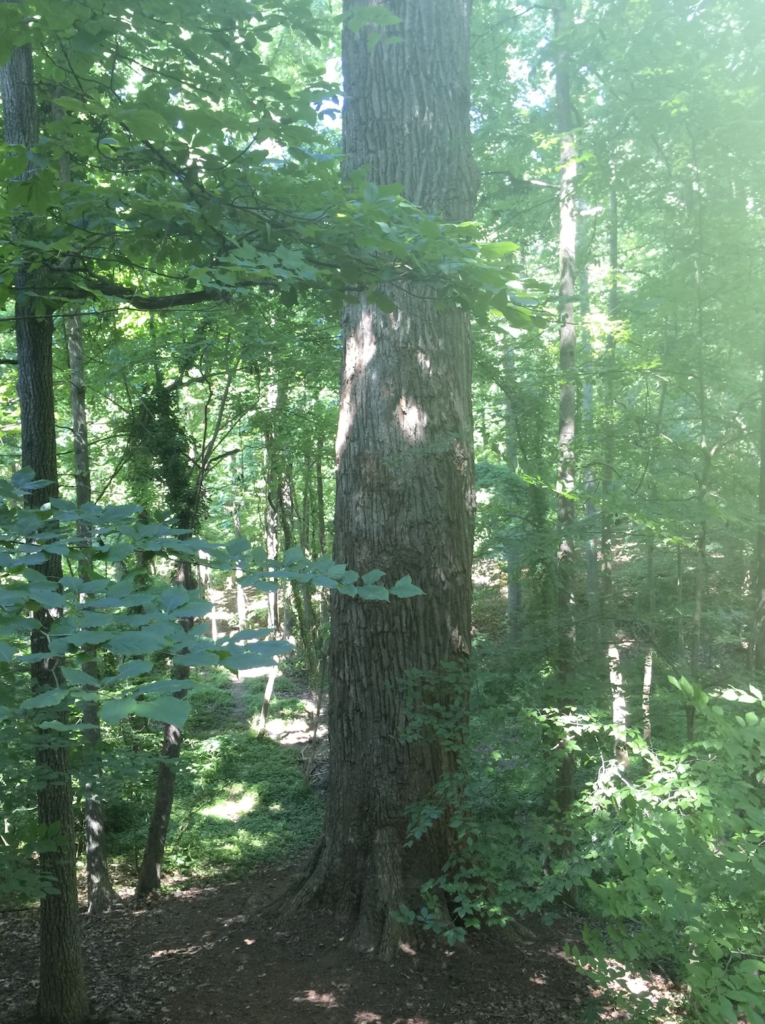On March 10, it was sunny and a beautiful day to walk with your friends or family, but what’s even more beautiful is having a good time, discover more species and plants that bloom out toward the sun, and Spring season is here. As I walk on the pathway it felt so good to walk again not like the last time when it was cold and I felt really sick mainly my headache worse, but hey from the past, and good to start my first blog. As I mention walking through the pathway, there is a different specific area of the pathway or trail whatever you call it like the pathways are used to allow the visitors access and help protect plants the selection from stepping. The reason that because plants are sensitive and delicate. But enough about pathway which I’ll talk about it at another time. Nevertheless, Spring season is here already which I love and flowers started to bloom out beautiful, colorful, and good smell too, the species of animals started to come out as well fewer. As I kept walking looking around anything that surprised or interest me to see plants or animals, but in my mind when I think of the word “Spring” means is a time of renascence, revival, and enlightenment. The spring season is one of the majority wonderful seasons in humankind. This time of year, it’s a great opportunity to enjoy nature’s beauty and experience its rich diversity. As I walk I can hear the mini waterfall sounds like it went swoosh-plunk and hiss plop even with a force that moves fast at the stream. As I sat down on the branch I can hear a bird sound like a cheep note on a tree, so I went close, slowly, and quietly I started to take notes on my journal to make an observation. Technically it was a house sparrow bird, to describe its small, plain buffy-brown overall with dreary gray-brown underparts and the stripes on the back bird is buff, black, and brown which the gender is a female yeahhhhh lucky me. It was a beautiful sound and adorable cute bird. But I want to know more about the activities and significance in the spring season at Bog Garden back in the day and actually, in my research source, it said: ” The spring season also brings heavy rains that cause erosion of the paths, creeks, and can damage some of the more tender spring ephemeral plants of the Garden collections. The paths can also suffer significant impact from groups and some of the steeper and muddier paths will occasionally need to be closed to tour traffic.” Very interesting and that makes sense for safety, but also another important to check safety plants environment like it said “Early spring is also the time to check the canopy for dead branches hanging over areas frequented by people and they should be removed if considered a hazard. If a tree is dead and needs to be removed, leave the lower 12 feet standing as a snag if it is not dangerous. Trim back shrub and tree limbs that grow out into the path. This will need to check each season. Spray or dig A. italicum. There are also repairs to paths, path edges, bridges, and other garden infrastructure.” I understand that plants need to be careful and treated when it comes to seasonal Spring where it blooms, extra care, making sure smells good, and so on. Spring is the best and beautiful season even gardens are nurtured by a strong community.
